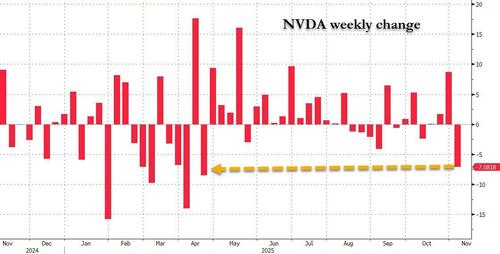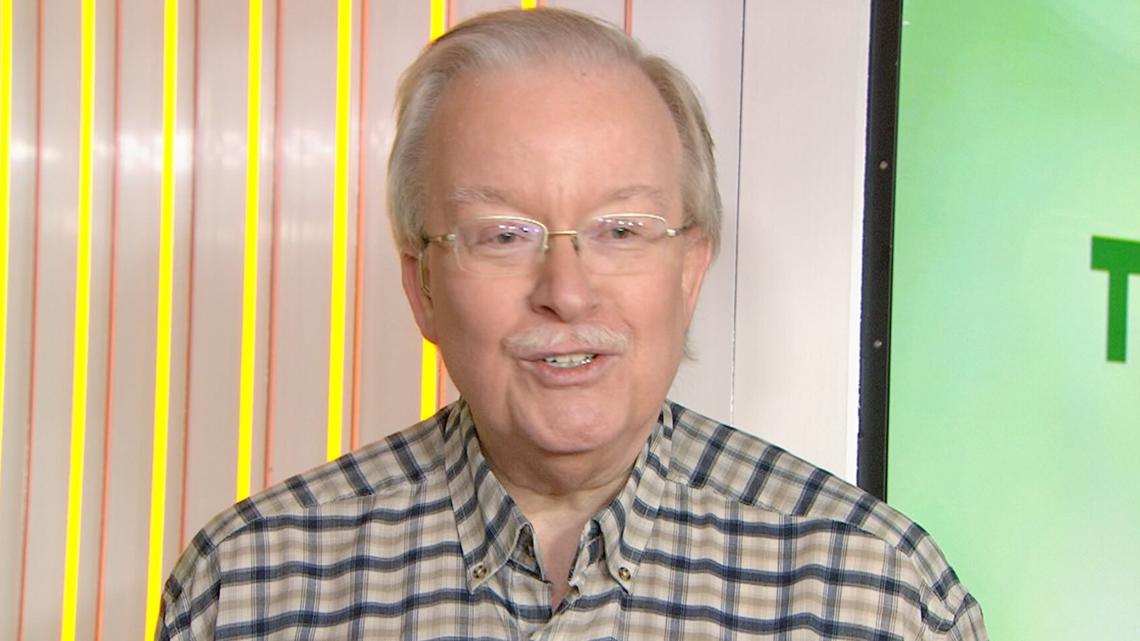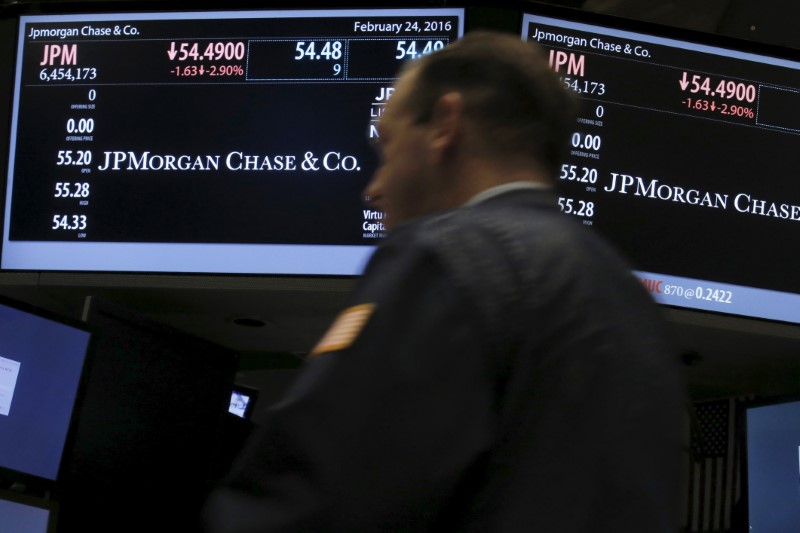Since my last column, several incidents have led me to wonder about the Indian, British, and American police. Do we get the police we deserve, and if not, how can we get a better force? One way of considering this question is by examining the portrayal of the police on television.
In Britain, between 1955 and 1976, the TV drama Dixon of Dock Green portrayed a traditional police force in London. Each episode began with the gentlemanly PC George Dixon, played by the fatherly Jack Warner, standing outside a police station, greeting viewers with a good morning. At the end of each episode, the same police officer said, in the same calm tone, “Good night”, sometimes followed by a homily.
The criticism of this much-loved British series, which was inevitable, did come. However, the writer Alan Plater warned the critics about taking their criticism going too far, saying: “It is just as irresponsible to portray the police as always chasing murderers and big-time criminals, as it is to show them as boy scouts like George Dixon.”
In Britain, these days, it would not be possible to persuade the controller of a TV channel to buy a series with a hero like Dixon. The most popular series never have heroes who could be associated with boy scouts.
In India, most TV is so vapid that there is no violent drama worth the name, but that does not mean there is no violence. There is. It is furnished by news reports, often provided by those charged with preventing violence – the police themselves. When the recent two-part BBC documentary was shown on TV, the focus was on the role the film alleged the prime minister played in the 2002 Gujarat riots. The film did show some scenes of the riots, but what was disturbing and barely commented on was the shocking violence of the police in the library of Jamia Millia Islamia in 2019. The police behaved brutally, smashing everyone and everything, including destroying a security camera.
It was all so mindless, so senseless. The police charged with maintaining order were creating disorder, and the protectors of public property were taking delight in destroying it. To make matters worse, this sort of violence is almost routine when the police are seen on TV trying to control crowds.
America is known for its gun culture, which is often blamed for the violence seen in TV reports on police arrests. Last month, five black policemen were charged with murder after another black man called Tyre Nichols was beaten to death when they investigated him for a traffic offence.
The Nichols’ family lawyer said, “This young man lost his life in a particularly disgusting manner that points to the desperate need for change and reform to ensure this violence stops occurring during low-threat procedures, like in this case, a traffic stop.”
President Joe Biden accepted there would be protests over the Nichols’ killing but called for them to be peaceful. He remembered the violence that followed the murder of George Floyd two years ago and how the TV coverage had helped to keep the flames of that anger burning.
It is almost 70 years since Dixon first wished British viewers good morning and sent them to bed happy with good night. Over those years, it has become clear that Plater was right. We do need a balanced coverage of violence. But, if we are to have that balance, India, Britain and America must improve their police forces. They need to remember the damage their coverage can cause, but that is not an excuse for claiming a right to secrecy.
The views expressed are personal















